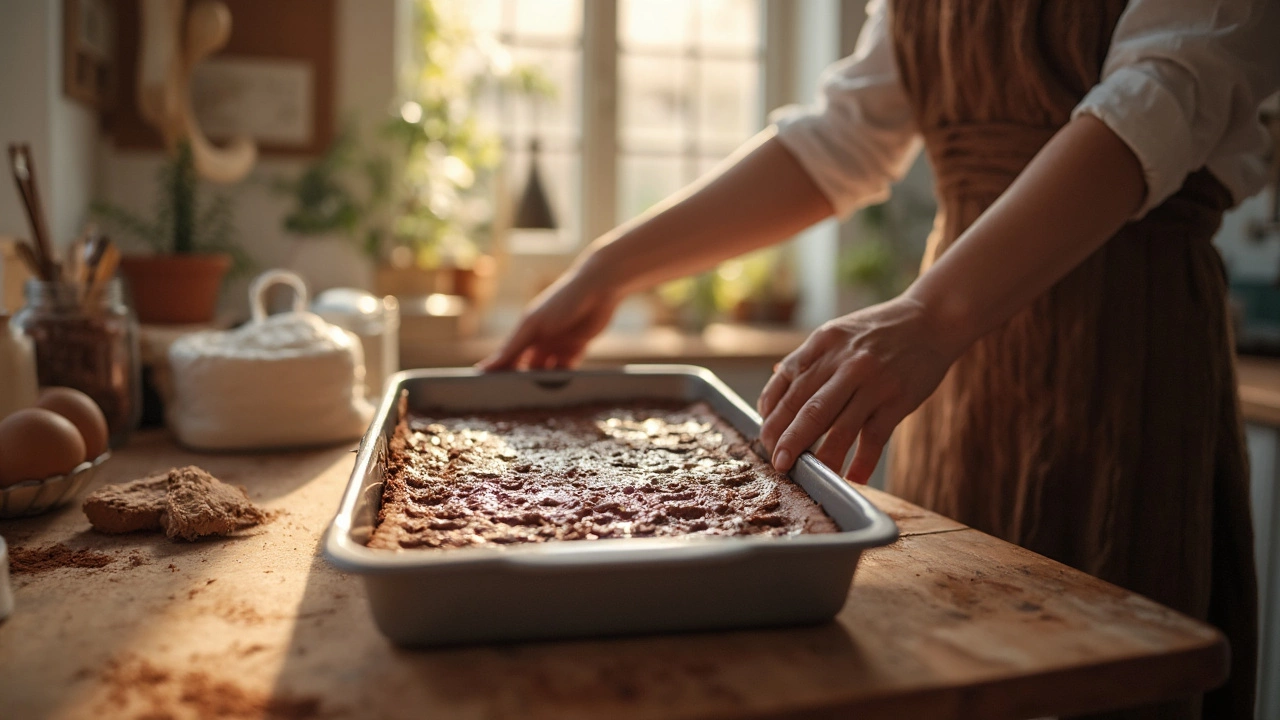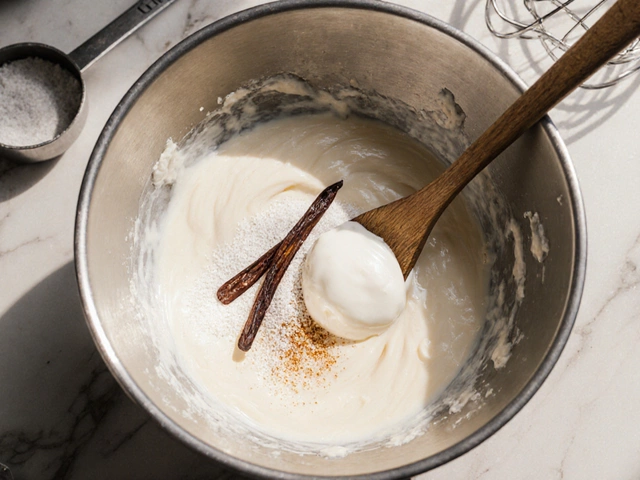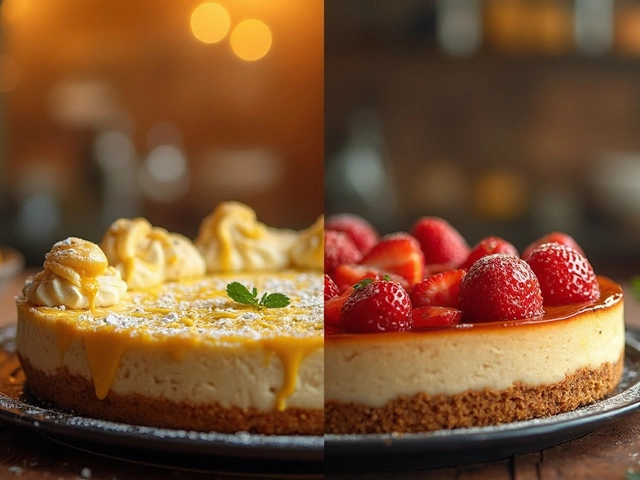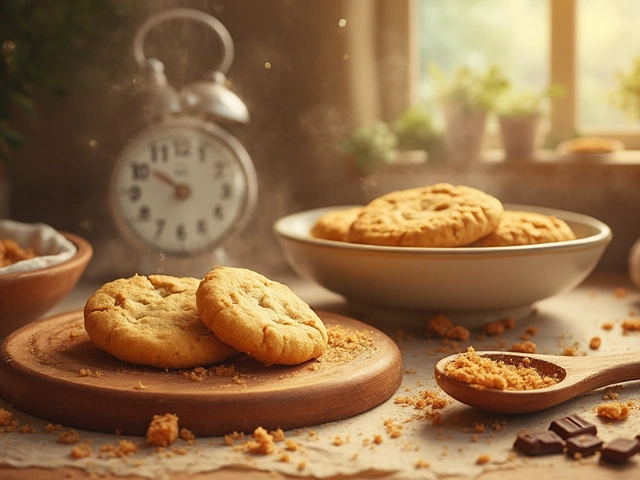Soft Edges Dessert Tips – Your Quick Guide to Perfectly Soft‑Finished Sweets
If you’ve ever cut into a brownie that’s dry on the outside or a fudge that’s too firm, you know the frustration of hard edges. The good news? Soft edges are mostly about a few easy adjustments, not a magic trick. Below you’ll find the most common reasons desserts turn hard at the rim and what you can do right now to fix them.
Why Soft Edges Matter
Soft edges keep the texture consistent from the center to the side. In fudge, the soft‑ball stage gives you that creamy melt‑in‑your‑mouth feel, while brownies benefit from a moist edge that balances the chewy middle. When the edge hardens, the whole bite feels off and you waste dessert that could be delicious.
Easy Hacks for Soft‑Edge Success
Control the temperature. For fudge, aim for the 235‑240°F (soft‑ball) range. A candy thermometer is your best friend; overshooting to 250°F pushes the fudge into the firm‑ball stage, creating a crusty border. If you don’t have a thermometer, watch the syrup thicken and pull a spoonful – it should form a soft ball in cold water.
Mind the pan size. Too‑large pans thin the batter, making the edges dry faster. Use the size the recipe calls for, or reduce the pan by one inch for a thicker, softer side. This works for brownies, bars, and even thin cheesecake layers.
Cover while cooling. Letting a pan sit uncovered lets steam escape, which can dry the outer layer. After baking, loosely cover the pan with foil or a clean kitchen towel for 10‑15 minutes. The gentle steam keeps the edges moist without sogging the center.
Add moisture‑rich ingredients. A touch of sour cream, yogurt, or even a splash of milk can keep cakes and brownies from drying out. For gluten‑free cakes that tend to be denser, mixing in a bit of applesauce or mashed banana adds both moisture and tenderness.
Store properly. Once cooled, transfer desserts to airtight containers. If you stack brownies, place a sheet of parchment between layers to prevent the bottom from drying. For fudge, wrap each piece in wax paper before sealing the container – this keeps the edges soft for days.
These tricks work across most desserts you’ll find on our site, whether you’re making a classic chocolate fudge, a coffee‑infused tiramisu, or a dairy‑free cheesecake. The key is to watch temperature, pan size, and moisture, then protect the bake while it cools.
Next time you pull a tray from the oven, give one of these hacks a try. You’ll notice the difference immediately – soft, tender edges that match the gooey center. Keep this page bookmarked; whenever you need a quick fix for hard rims, the answers are right here.

Preventing Hard Brownie Edges: Tasty Secrets
Tired of your brownie edges turning into brick-like crust while the center stays gooey and soft? Discover some effective techniques for maintaining uniform texture throughout your brownie bake. Learn how to tweak your baking process, from adjusting oven temperatures to choosing the right pan. With these easy-to-follow tips, every brownie can be a joy, from corner to center.
View More




